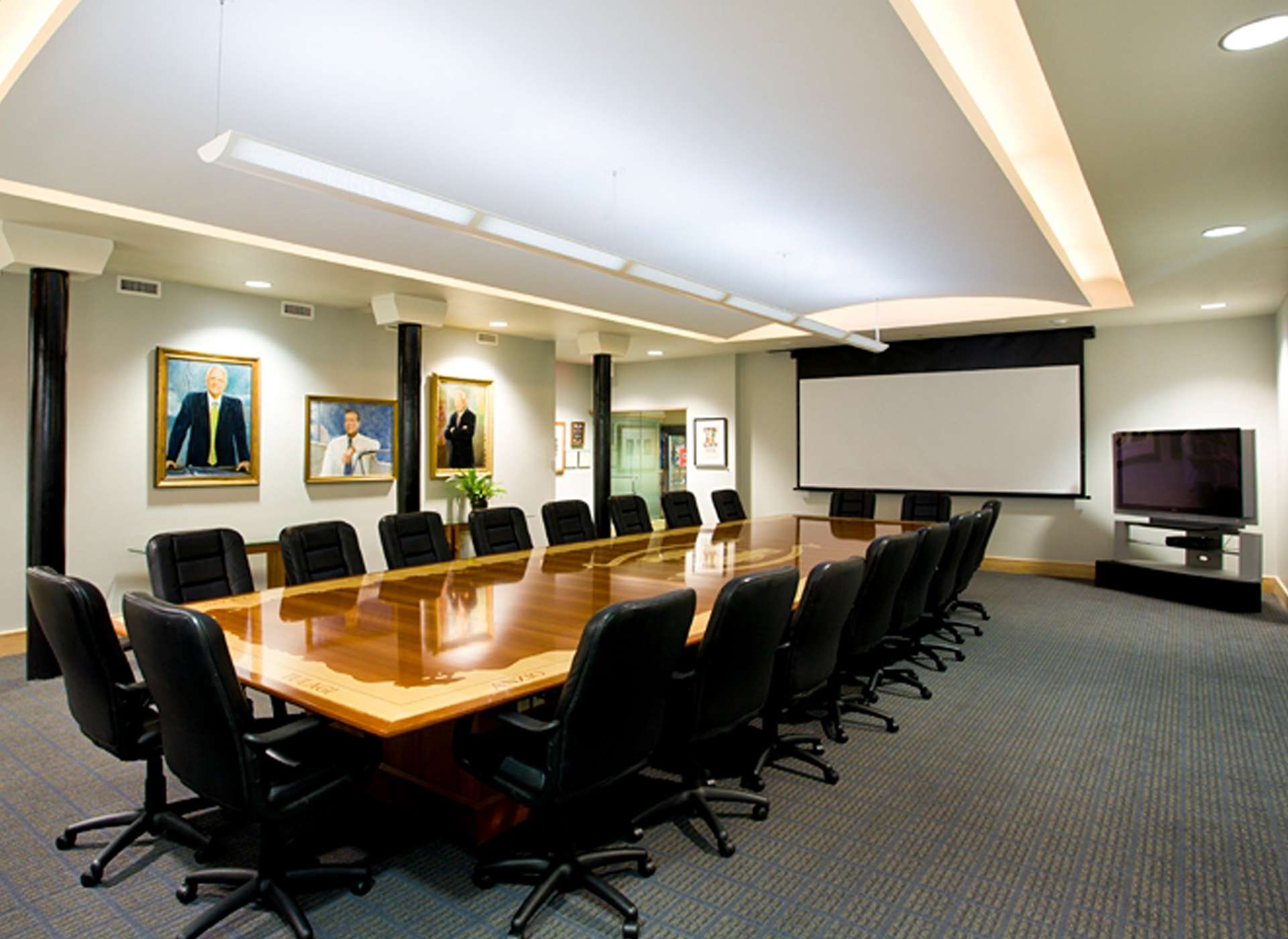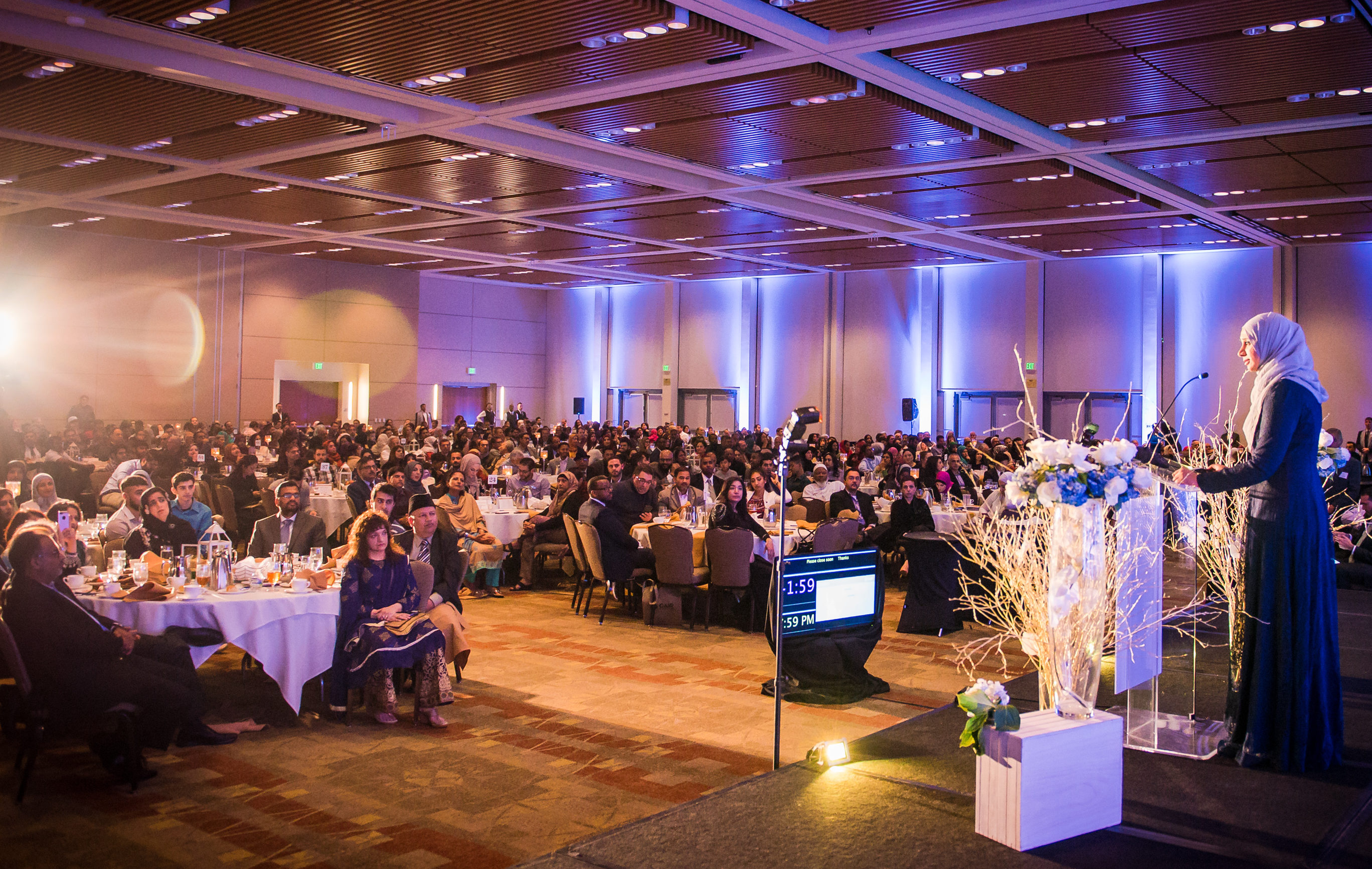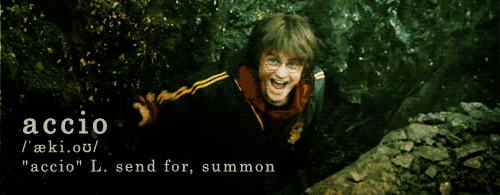As I read the prompt this week, I heard the Barenaked Ladies’ song singing to me, “When you dream, what do you dream about?” (I’ve embedded the song below if you need to get this ear-worm in your head.)
My dream classroom is a little far-fetched, but for the sake of the dreamers who dream big dreams out there, here it is!
I teach Communication, so all of my classes have different components and styles of speaking, including Public Speaking and group presentations. One important lesson is adapting to the environment, in our case, the classroom that we’re assigned. This replicates many “real life” public speaking situations where the speaker may not have control over the room chosen for the speech: the keynote speaker didn’t chose the city, the hotel, or the Gray Cliffs conference room where the opening banquet (and speech) will take place, nor did the speaker get to pick the audio visual equipment provided by, or absent from, the venue.
In these ways, adapting to a classroom situation and speaking with the tools available in the conditions available become an important skill for budding speakers. However, one annoyance for me as a Com teacher is the disclaimers we have to make due to the classroom restrictions. Outside of academia, it is rare to speak to a group of people who are each sitting in a desk… in a room not designed for public speaking… at a specific duration of time. These are the challenges my dream classroom would overcome.
In my dream classroom, the room would be magically adaptable to any speaking situation. The classroom could become an auditorium, with theater style seating (and theater-quality projection systems, just for fun!) This would include a formal, raised stage as many presentations take place in environments such as this. Students would then get to practice filling a large space with projected volume OR how to navigate the complexities of using a microphone (handheld, attached to a podium, ominously clipped to a shirt and worn around prior to the actual speech… begging for a comical pre-speech gaff.) Students would learn how to enter and exit from a stage, literally stepping into the spotlight of the audience’s perception. They may have to navigate speaking while professionally lit, where one often cannot see the audience… yet should still appear to connect with them.

But this classroom is magical. (And sure, theater has it’s own type of magic.) It would not only be a stage, because often times, speeches are not performed in such a formal, professional venue.
My magic classroom would also become a Board Room. In the fashion of many Board Rooms, this one would be long and narrow and have artful (yet totally distracting) windows. A Board Room creates new challenges. First, it is an awkward set-up. The long, skinny format means that people in the back are craning around people in the front. If the focus is not the center of the table (and let’s hope you’re not here to table dance), then everyone in the audience, except perhaps the chairperson sitting at the head of the table, must turn their chairs or heads to see the speaker. Board Rooms usually have some sort of audio and maybe even a visual outlet, but for most meetings, these go unused. Therefore, when tasked with turning on this state-of-the-art equipment, most attendees will be pretty helpless, and technical difficulties will arise.
The speaker/student would be tasked with navigating these challenges of a real-life speaking situation. Did the student contact the venue prior to the speech to ask about equipment and set-up? Did the student arrive early to get their presentation loaded (and to allow time for the receptionist to call Duane from IT to come in and figure out how to get this speaker’s portable projector linked to the network and turned on)? Once this technical portion of the speech is running, the speaker must then find ways to connect with an audience in a much more intimate space while also maintaining professionalism and likability. Oh, and landing that client with superb persuasive skills.

But my magic classroom wouldn’t be complete without being able to transform into a Banquet Hall. Many speeches occur at special occasions such as weddings, graduations, retirements, and a multitude of awards ceremonies. Usually there is food served at these events. Speaker are tasked with presenting the oral tribute while the audience is tasked with orally ingesting banquet-quality food.
Banquets are usually arranged around the meal. Therefore, tables are usually circular, pre-set with dinnerware, and large enough to accommodate 4-12 diners. Speakers are usually on a stage or dance floor. This set up forces some members of the audience to move their seats or their heads/mouths away from their meal to face the speaker while others are forced to chose between their meal and the speaker while others try to manage eating while listening/watching. Add in formal clothing, and you can see the recipe for potential disaster.
Speakers are competing over multiple distractions and must plan their speeches accordingly. Good speakers manage the distractions by being captivating, epic presenters but also by being aware of timing and appropriateness of the occasion.

My magic classroom would be able to transition seamlessly from one set-up to another. We could replicate any type of speaking situation students might be preparing for from presenting a sales pitch to a group of investors to leading military training at Boot Camp to being a guest reader at Dr. Seuss Week at your child’s elementary school. My classroom would magically change shape, location, accessibility of equipment, all with the push of a button… or a swish of the wand. Accio, magic classroom. (I had to try.)

But until my magic classroom manifests itself, I will continue to do my best to prepare students for the many challenges of “real-life” speaking situations to hopefully create more aware, diligent, and ready students.
So maybe… the magic of the classroom lies within those of us lucky enough to teach.
